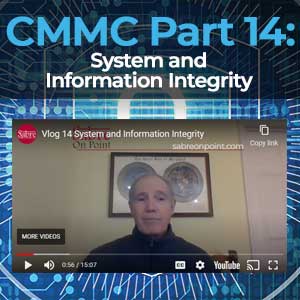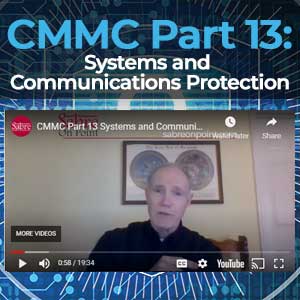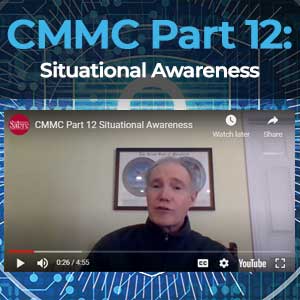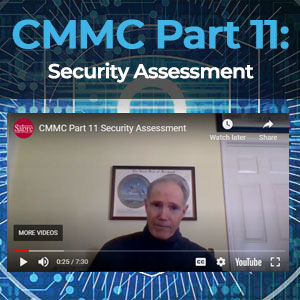
Patch Management
Have you ever been reluctant to update your software when new versions come out? While often dismissed as something to be done later, updating your software is a crucial part of protecting your cyber environment. When software patches are distributed, chances are that they exist to fix bugs in information systems or to close vulnerabilities, meaning that they help to protect your organization and its essential information. To illustrate just how vital it is to patch your information technology systems, the 2017 Equifax Breach, which affected approximately 56% of Americans, was a result of an unpatched vulnerability. Because of that breach, nearly 150 million consumers found their vital personal information in the hands of malicious actors.
How Do I Start with Patch Management?
As with most cyber solutions, there is no one-size-fits-all approach to Patch Management; the actual approach should be what fits your organization best. However, there are some steps you can take to make this task easier. The first step is a three-part approach:
- Compile a list of its IT assets
- Categorize the IT assets based on risk and priority
- Perform a vulnerability scan on the environment
Performing this step allows you to know exactly what systems you’re working with, what is most vital to protect, and what vulnerabilities these systems have. From there, if possible, you should create a test environment that replicates your production environment. Use this test environment to install patches first and observe how they affect the system. This will allow you to determine how they will affect the production environment. After performing the test patches and verifying functionality with no issues, you can patch any existing vulnerabilities that you may not have previously been aware of, allowing you to get your systems up to date. Once your organization is up to date on its current vulnerabilities, you can start planning for the swift implementation of future patches.
After taking the preliminary steps, your organization is ready to develop a Patch Management plan. As previously mentioned, what your Patch Management plan will look like depends entirely on your environment and configuration. Make sure that your IT Team and business unit leaders are involved in this process; since they know their environment better than anyone!





